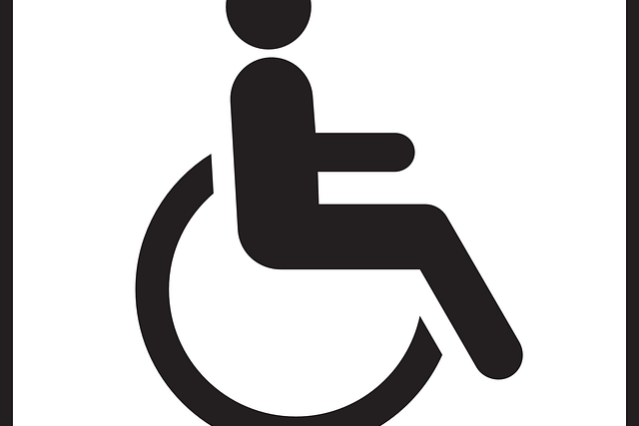This innovative treatment is part of a pioneering trial at Keio University in Japan.
A man with a physical and motor disability has become self-sufficient after receiving an injection of reprogrammed stem cells at the site of his spinal cord injury. This innovative treatment is part of a pioneering trial led by Japanese neuroscientist Hideyuki Okano and his team at Keio University in Tokyo , which involved four subjects classified as having no motor or sensory function below the level of the injury.
The patients received transplants of cells derived from induced pluripotent stem (iPS) cells, and the results have been surprising: two of them experienced significant improvements in their motor functions .
In addition to the individual who was able to stand independently, another participant regained some movement, allowing him to feed himself. However, the other two subjects showed only minimal improvement.
Preliminary findings suggest the intervention is safe, experts say.
“This is an encouraging result. It certainly represents a significant advance in the field,” James St. John , a translational neuroscientist at Griffith University on the Gold Coast, Australia , told Nature . While previous trials with other types of stem cells have shown the treatment to be safe, the results have been mixed. “So far, no approach has been shown to be truly effective ,” St. John said.
Scientists emphasize the need for larger trials to determine whether the improvements seen in the two participants are attributable to the treatment, as there is also the possibility that they may have experienced a natural recovery.
In 2019, approximately 0.9 million people worldwide suffered spinal cord injuries, and an estimated 20 million are currently living with this condition, according to Nature . This context highlights the importance of continuing to advance research that promises to transform the management of these complex injuries.
iPS cells are one of the scientific breakthroughs of the 21st century, capable of reverting adult cells to an embryonic-like state, allowing them to transform into a variety of cell types. This technique opens new frontiers in regenerative medicine.
As part of this ambitious clinical trial, donor-derived iPS cells were used to generate neural precursor cells . In each patient, two million of these cells were injected into the injury site, in the hope that they would differentiate into neurons and glial cells, thereby boosting nerve tissue repair.
The first surgical procedure in the study took place in December 2021, followed by three additional interventions over the next two years. All trial subjects were adult men, two of whom were over 60 years old. The surgeries were performed two to four weeks after the damage occurred. To minimize the risk of rejection, patients received immunosuppressive drug treatment for six months after the procedure.
The results of this trial provide encouraging data in a series of small-scale clinical trials exploring the potential of iPS cells in tissue regeneration and disease treatment , positioning this strategy as a promising beacon of hope in contemporary medicine.
At the one-year follow-up, specialists observed no serious adverse effects . All participants entered the study with the highest injury classification, A, according to the American Spinal Injury Association Impression Scale, indicating a complete absence of sensory and motor function below the level of the injury.
Of those involved, two showed no improvement in their ability to feel or move their lower limbs . However , one of them managed to upgrade to Class C after surgery, showing some mobility in some arm and leg muscles, although he cannot stand independently . Another patient reached Class D (classifying normal function as E) and is able to stand independently. “ That person is now training to walk,” the team notes. “It’s a dramatic recovery.”
A preliminary analysis of the data suggests the treatment is working. However, the study design was not intended to test the therapy’s efficacy, which will require further investigation in larger trials, since, according to the scientists , “sometimes people with spinal cord injuries experience a natural recovery.”
Future clinical trials will focus on evaluating the treatment’s efficacy and identifying the types of spinal cord injuries that respond favorably to this innovative intervention. “Each spinal cord injury is unique,” note scientists leading a parallel study in which glia extracted from the olfactory epithelium are being transplanted into the lesion.
Previous studies using tissue cultures and animal models suggest that transplanted induced pluripotent stem cells secrete factors that promote the function of residual neurons. Furthermore, these cells contribute to the reconstruction of damaged tissue by forming an insulating layer around axonal extensions and establishing direct synaptic connections with recipient neurons. However, a fundamental question remains: how many of these morphological units survive surgery , given that a significant number may dissolve or suffer high mortality in the days following the procedure.
Source: Larazon.es
Author: Mar Sánchez-Cascado
Created: 03/28/2025 02:19
Last updated: 28.03.2025 02:19
Link:
https://www.larazon.es/sociedad/mujer-paralisis-logra-erguirse-recibir-celulas-madre-reprogramadas_2025032867e5a7ed8ba0d30001006a4d.html
Note: The Nutrigenomics Institute is not responsible for the opinions expressed in this article.
PHOTO FROM PIXABAY.






